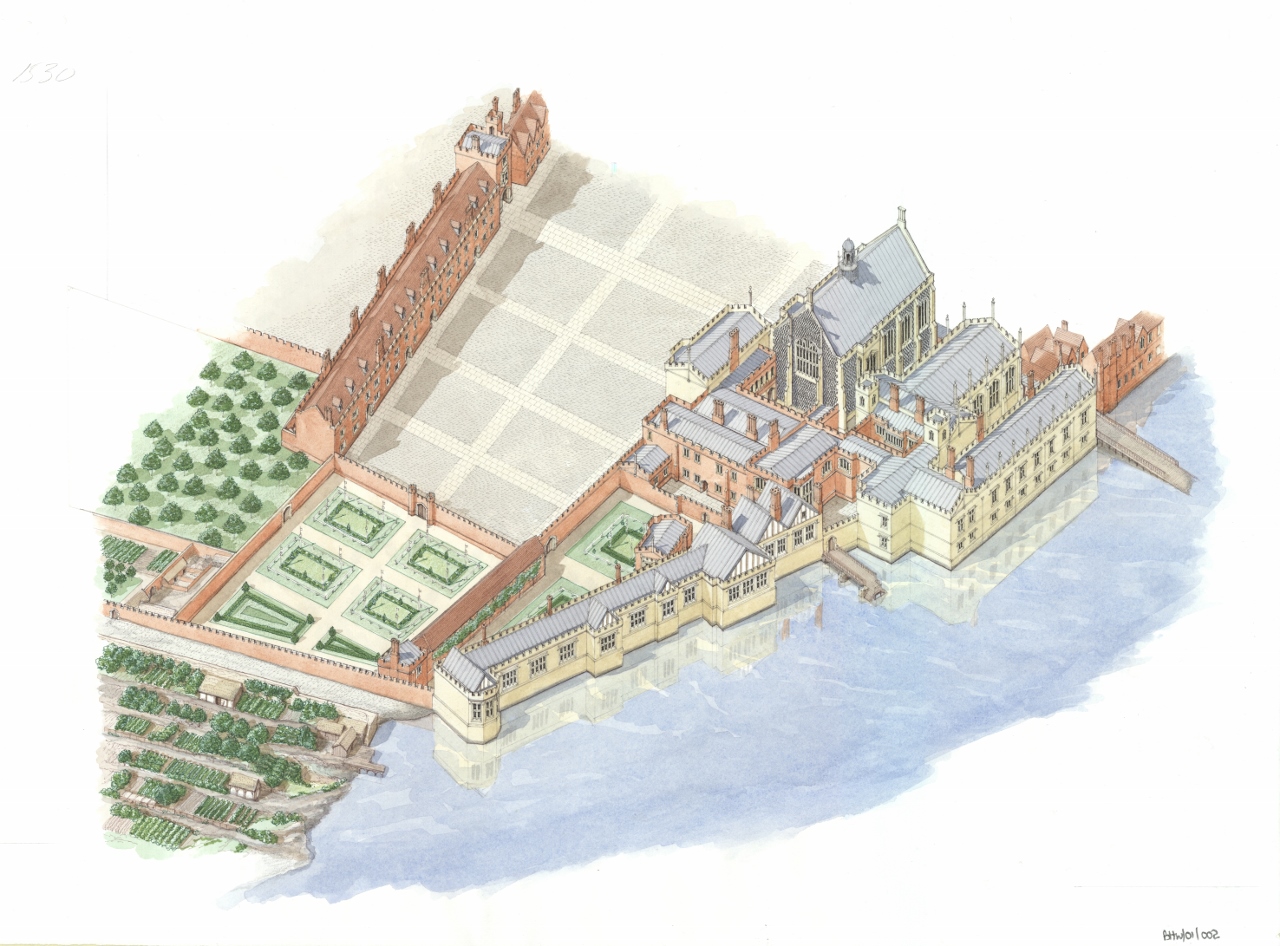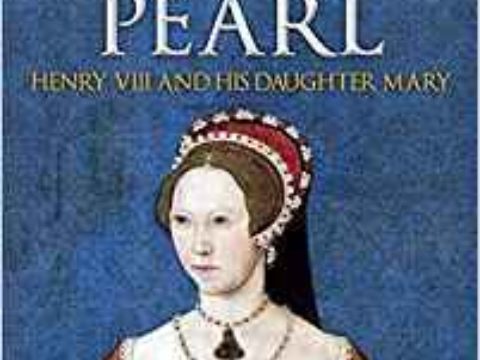The Lost Palace of Whitehall
Chapter 2 : The ‘Green Castle’ of York Place
The origins of Whitehall Palace are tied to York Place, the London townhouse of the Archbishops of York. In the medieval period, Westminster was the political capital of the country with its royal palace, abbey and law courts. In 1241 the Archbishop of York, Walter de Gray, purchased a riverside property off King Street, a road leading from Westminster towards Trafalgar Square and the City of London. The house, which eventually gained the name York Place, was inhabited by successive archbishops who recognised the importance of having a residence in close proximity to the king and his government.
The final and most famous inhabitant of York Place was Archbishop (later Cardinal) Thomas Wolsey who inherited the mansion in 1514. Wolsey immediately set about enlarging and modernising the house and made it into the one of the most impressive residences in London. He rebuilt the great hall and chapel and built new state rooms, kitchen facilities, gardens and a long gallery. The magnificence of the completed mansion matched the status and power of its owner who was made a cardinal in 1515. It was in this lavish townhouse that Wolsey entertained important visitors including foreign dignitaries and diplomats, and, of course, King Henry VIII.
On Shrove Tuesday 1522 the cardinal organised a court pageant in the great chamber of York Place called the Chateau Vert. This would prove a noteworthy evening as the pageant marked the court debut of a dark haired young woman who would have a significant impact on the history of Whitehall. The great chamber had been specially decorated for the spectacle with arras, torches and a ‘Green Castle’ standing at one end of the chamber. In the castle’s towers stood eight ladies dressed in white satin. The newcomer played the role of Perseverance, but her real name was Anne Boleyn.
The ladies were guarded by young boys playing the role of vices. The pageant began with the entrance of eight lords representing the male courtly virtues. The lords demanded the ladies’ freedom and with Henry VIII at the lead, attacked. They threw dates, oranges “and other fruites made for pleasure” while the ladies defended the castle with rose water. Finally, the vices surrendered and the lords took the ladies by their hands and led them out of the castle to dance.
No evidence survives indicating that Anne made any impression on the king during the performance. At the time of the pageant, Henry was just beginning his affair with Anne’s older sister, Mary, who also took part in the pageant. It was not until years later that Henry began showing an interest towards the younger Boleyn. This attraction would grow into love and eventually lead to Wolsey’s loss of York Place and the creation of Whitehall Palace.





